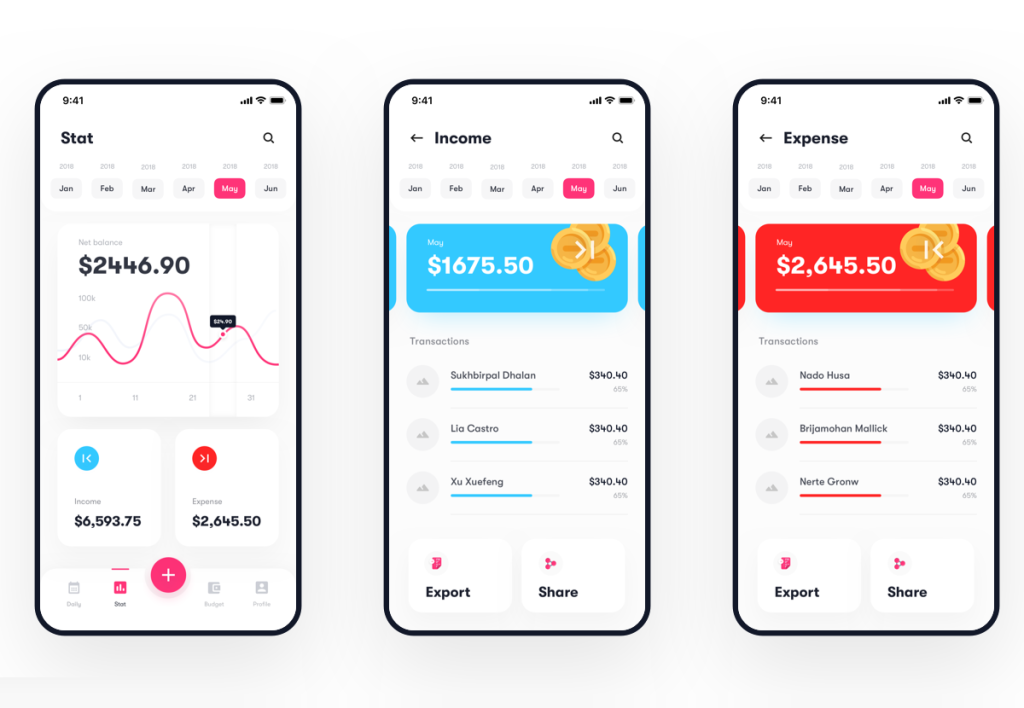
Mobile app design is the process of creating the user interface (UI) and user experience (UX) for a mobile application. It involves the visual and interactive design of the app, with the aim of providing a seamless and engaging experience for the users. Here are some key considerations and steps involved in mobile app design:
- Define the Purpose and Target Audience: Understand the app’s purpose, its primary features, and the target audience. This will help you align the design elements with the app’s goals and user needs.
- Research and Analysis: Conduct research to gather insights about the target audience, their preferences, and their interaction patterns with similar apps. Analyze competitors’ apps to identify best practices and areas for improvement.
- Sketching and Wireframing: Create rough sketches and wireframes to visualize the overall layout and structure of the app. This step helps in planning the placement of various elements, such as buttons, navigation bars, and content sections.
- UI Design: Develop the visual aspects of the app’s interface, including colors, typography, icons, and imagery. Maintain consistency in design elements to create a cohesive and visually appealing UI.
- UX Design: Focus on creating a smooth and intuitive user experience. Consider the user flow, navigation structure, and interactions within the app. Pay attention to usability, accessibility, and responsiveness across different devices and screen sizes.
- Prototyping: Build interactive prototypes to simulate the app’s functionality and allow users to experience and test its features. Prototyping helps identify potential issues and refine the design before development.
- Iteration and Feedback: Gather feedback from users, stakeholders, and designers. Iterate and refine the design based on the feedback received. Continuous improvement is crucial to create an effective and user-centric design.
- Design Documentation: Create comprehensive design documentation, including style guides, UI component libraries, and design specifications. These documents ensure consistency during development and future updates.
- Collaboration with Developers: Work closely with developers to ensure the design is implemented correctly and the intended experience is achieved. Collaboration helps address any technical limitations and facilitates a smooth development process.
- Testing and Refinement: Conduct usability testing and gather user feedback to identify any usability issues or areas of improvement. Make necessary adjustments to enhance the app’s usability and user satisfaction.
Remember that mobile app design is an iterative process, and it’s important to remain open to feedback and make continuous improvements based on user needs and changing technology trends.
